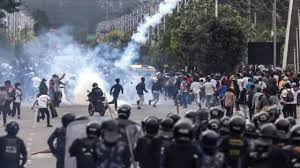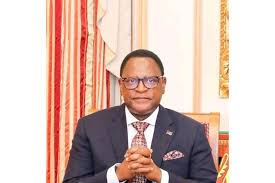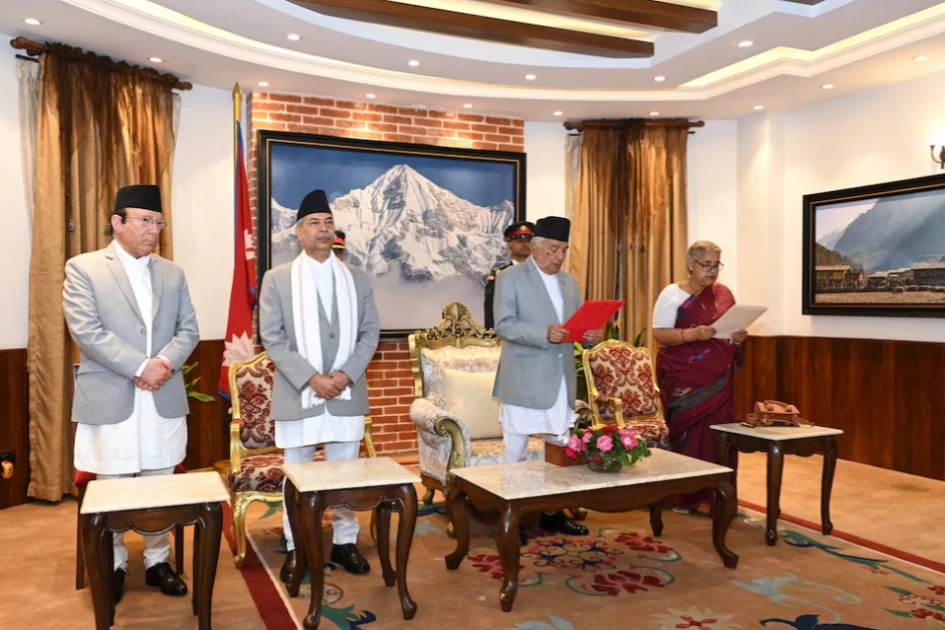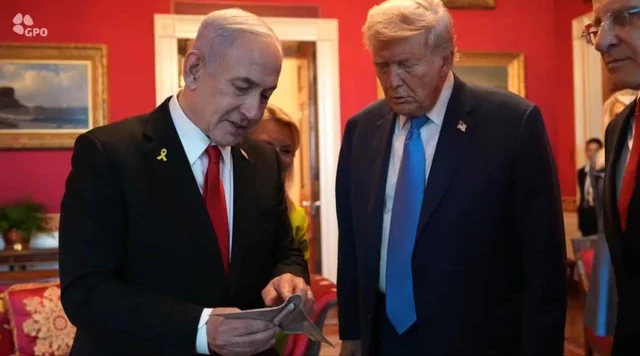At least 51 people have been confirmed dead following violent anti-government protests in Nepal, marking the country’s worst unrest in over two decades.
The violence erupted this week after citizens took to the streets to demonstrate against a controversial social media ban, widespread corruption, and poor governance.
Among the dead are 21 protesters and three police officers, according to an updated report from Nepali police spokesperson Binod Ghimire. The remaining victims include civilians and escaped prisoners, some of whom were killed in clashes with security forces.
The protests began earlier this week after the government imposed a ban on social media platforms. Many Nepalis viewed this move as a direct attack on freedom of speech, especially as it came amid growing public frustration over alleged corruption and mismanagement within the government.
Demonstrations turned deadly on Monday, when police cracked down on crowds with tear gas and live bullets, killing several protesters. The unrest quickly escalated.
By Tuesday, angry protesters had stormed and set the national parliament on fire, prompting Prime Minister KP Sharma Oli to resign. With no clear leadership in place, the Nepali army took control, imposing a nationwide curfew and deploying troops to patrol the streets of Kathmandu and other major cities.
The army confirmed that more than 100 firearms were recovered after being looted by rioters, who were seen wielding automatic rifles during the chaos.
In a shocking development, more than 13,000 prisoners escaped from jails across the country during the riots.
Police say 12,533 inmates remain at large, while some were recaptured or killed during attempted escapes. Several fugitives tried to cross into neighboring India, where some were intercepted by Indian border forces.
The government has yet to account for how so many inmates managed to break free in such a short time.
The country of 30 million people remains tense as discussions are ongoing between the President, military leaders, protest representatives, and potential interim government candidates. For now, the army remains in control, enforcing the curfew and attempting to restore law and order.
Nepal is now facing a humanitarian and political crisis. With its leadership in turmoil and thousands of dangerous prisoners on the loose, questions are being raised about how the government allowed such widespread breakdown—and what the future holds for this Himalayan nation.



